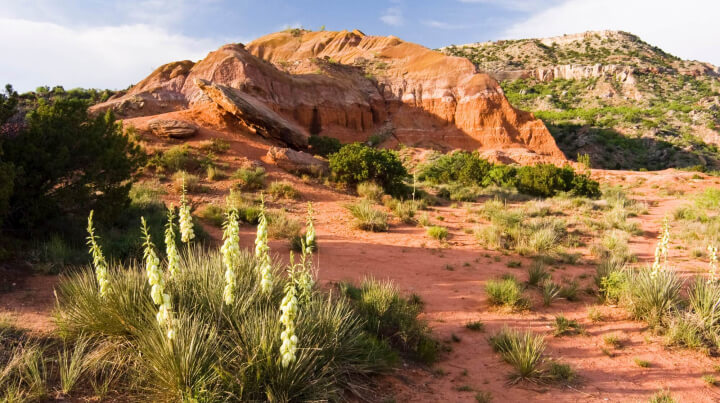Texas A&M Forest Service Nature Challenge


Design Your Own Rain Garden
Find a patch of land where rainwater collects, like a low spot in your yard or near a sidewalk. Observe how quickly water soaks in after a rain. Now, imagine how plants could help! Using small rocks, sticks, and leaves, design a miniature "rain garden" that slows down and soaks up water. If you have access to native plants, try planting some in a garden or pot to see how their deep roots help hold water.
Science Seed: Austin’s natural landscape, including the Edwards Aquifer and native prairie plants, plays a big role in water conservation. Deep-rooted plants like switchgrass and Texas sage help rain soak into the soil, preventing runoff and erosion. Rain gardens and green spaces mimic these natural systems, reducing the impact of droughts and protecting water supplies. By using nature-inspired solutions, we can help Austin manage its water more efficiently, even in dry years.
Buy real badges: https://familiesinnature.org/shop/#!form/Shopping
Details

|
|
|
|

This Challenge is for:
- All Ages
- Formal Educators
- Informal Educators
Challenge Topics:
- At Home
- Climate Action
- Conservation/Environmental Education
- Environmental Systems and Cycles
- Habitat Restoration
- Homeschool
- Outdoor Recreation
- School Campus
- Urban Greening
This Challenge is accessible for:
- People with Visual Impairments
- People with Hearing Impairments
- People with Mobility Impairments
- People with Developmental Impairments
- People with Sensory Sensitivities
Assistive Technologies Available:
- Accessibility features are available at link above
To complete this challenge
Step one
1. Find a Patch of Land

Look for an area in your yard, park, or around your neighborhood where rainwater collects, such as a low spot or near a sidewalk.
Step two
2. Observe Water Absorption

After a rain, observe how quickly the water soaks into the soil. Does the area get flooded, or does it drain away quickly?
Step three
3. Plan Your Rain Garden

Using natural materials like small rocks, sticks, and leaves, imagine and design your own "rain garden" that can slow down and soak up rainwater.
Step four
4. Consider Planting Native Plants

If possible, gather native plants such as Texas sage, switchgrass, or other deep-rooted plants. Think about how their roots help the soil absorb water.
Step five
5. Build a Miniature Model

Create a miniature model of your rain garden using materials you have around you. Observe how it would help manage rainwater in your area.
Step six
6. Earn Your Badge

After completing your design, share how your rain garden will help absorb water and prevent runoff. Reflect on the role of native plants in water conservation.
Step seven
Earn your badge!

Gallery
There aren't any images in the gallery.
Texas A&M Forest Service and cooperators collectively known as “Nature Challenge” have not inspected the physical locations of challenges. No warranty of safecondition, or fitness for particular use is granted by Nature Challenge. Nature Challenge has not vetted whether the challenges, as formatted by the Provider, is safe. Anyone performing this challenge will be doing so at their own risk.








